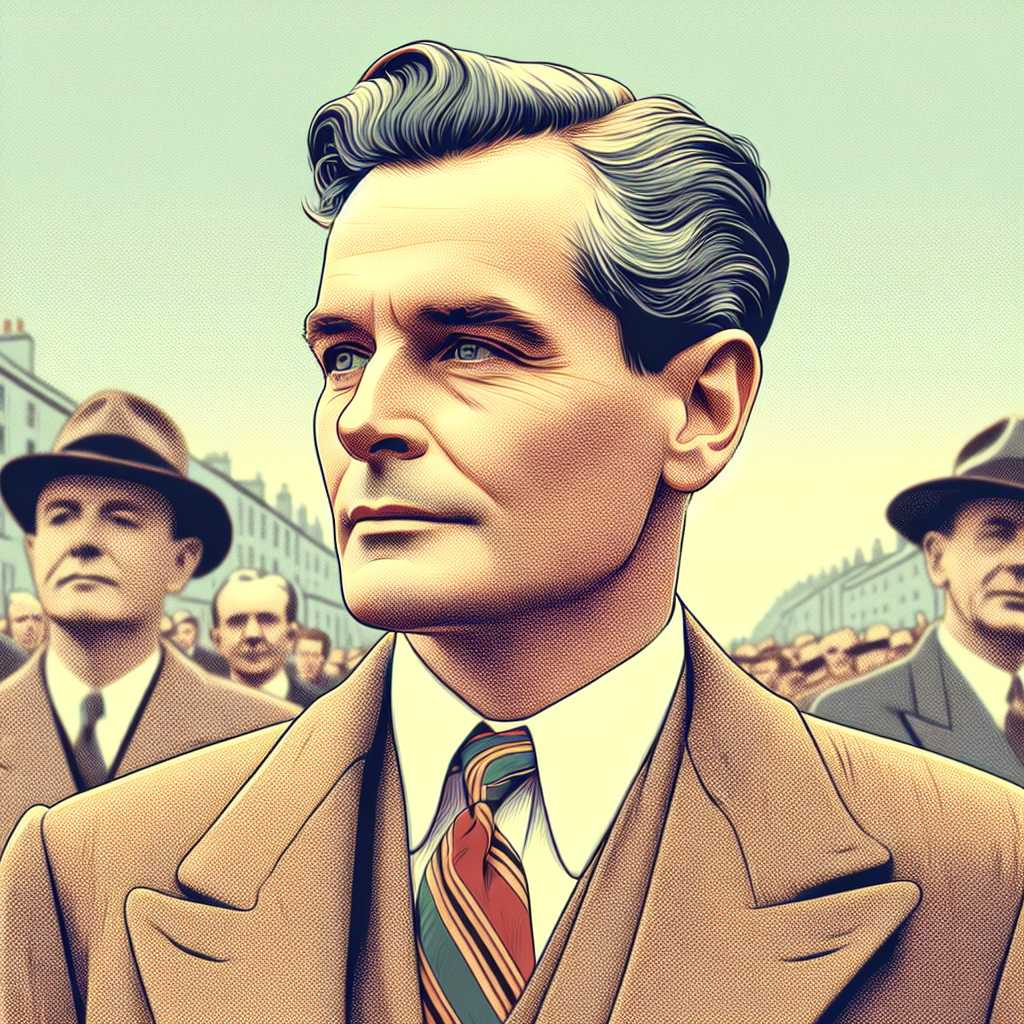The Life and Presidency of John F. Kennedy: A Comprehensive Overview
John F. Kennedy, commonly known as JFK, holds a storied place in American history as the 35th President of the United States. His charisma, bold leadership, and tragic assassination have rendered him an enduring figure. This overview examines Kennedy’s early life, political career, presidency, assassination, and legacy.
Early Life and Education of John F. Kennedy
John Fitzgerald Kennedy was born on May 29, 1917, in Brookline, Massachusetts to a wealthy and politically ambitious Irish-American family led by his father, Joseph P. Kennedy Sr. Among his nine siblings were individuals who would also leave their mark on American public life.
Kennedy’s educational journey began at local private schools; from there, he bounced from preparatory school to the London School of Economics and then Princeton University before health issues led to significant interruption. Recovered, Kennedy finished his education at Harvard University.
Kennedy’s Naval Service During World War II
Though best known for his political work, JFK’s narrative is incomplete without recognizing his military service during World War II. Commissioned into the U.S. Naval Reserve in 1941, Kennedy took command of the PT-109 in the South Pacific. His boat was rammed and sunk by a Japanese destroyer in 1943 – an incident that saw Kennedy hailed as a war hero after he led survivors to safety.
Transition to Politics
After a stint as a journalist immediately following the war, Kennedy entered politics under the tutelage of his father and leveraged the family’s wealth and connections. In 1946, he successfully campaigned for Massachusetts’ 11th congressional district and served three terms in the House Representatives before moving onto the Senate in 1952.
Presidential Election and JFK’s “New Frontier”
Kennedy announced his candidacy for president in 1960 and faced off against then-Vice President Richard Nixon. His platform included civil rights advancements, national security strength—even amid Cold War tensions—and what he dubbed the “New Frontier,” his conceptualization of pioneering progressive reforms.
His election was marked by youthful energy and centered around issues such as the space race and alliances built at home and abroad. This commitment to space exploration laid the groundwork for America’s Apollo missions—the ones that would put men on the moon by the end of the decade.
Novel Policies of the Kennedy Administration
Kennedy’s brief but impactful tenure in office was marked by several significant policy areas: foreign affairs where he dealt with crises like the Bay of Pigs invasion and Cuban Missile Crisis; civil rights, taking cautious steps toward protecting minority rights; labor unions receiving His judicial support; creating student programs to foster domestic development and international knowledge through initiatives like the Peace Corps; confronting economic tests which comprised his system of tax cuts designed to jumpstart stagnation.
Assassination and Untimely End
The JFK presidency abruptly ceased on November 22, 1963, in Dallas, Texas when Kennedy was assassinated by Lee Harvey Oswald. This event thrust not only the United States but the entire world into mourning and marked a significant turning point in American history.
Cultural Impact and Historic Legacy
The “Camelot” years reference what many view as an idyllic time lost with curious hindsight blended into myth-making about a “what could have been” era interrupted.
Kennedy left behind a legacy fertile with aspirations—civil rights took firmer root leading to subsequent legislation; moon landings fulfilled promises made; foreign policy came to include considerations beyond sheer military might reflecting upon cautions he voiced.
Notes
Image Description
An illustrious image capturing John F. Kennedy gazing firmly yet wistfully into the horizon exemplifying his vibrant spirit and commanding presence which so characterized both his life and presidency.
